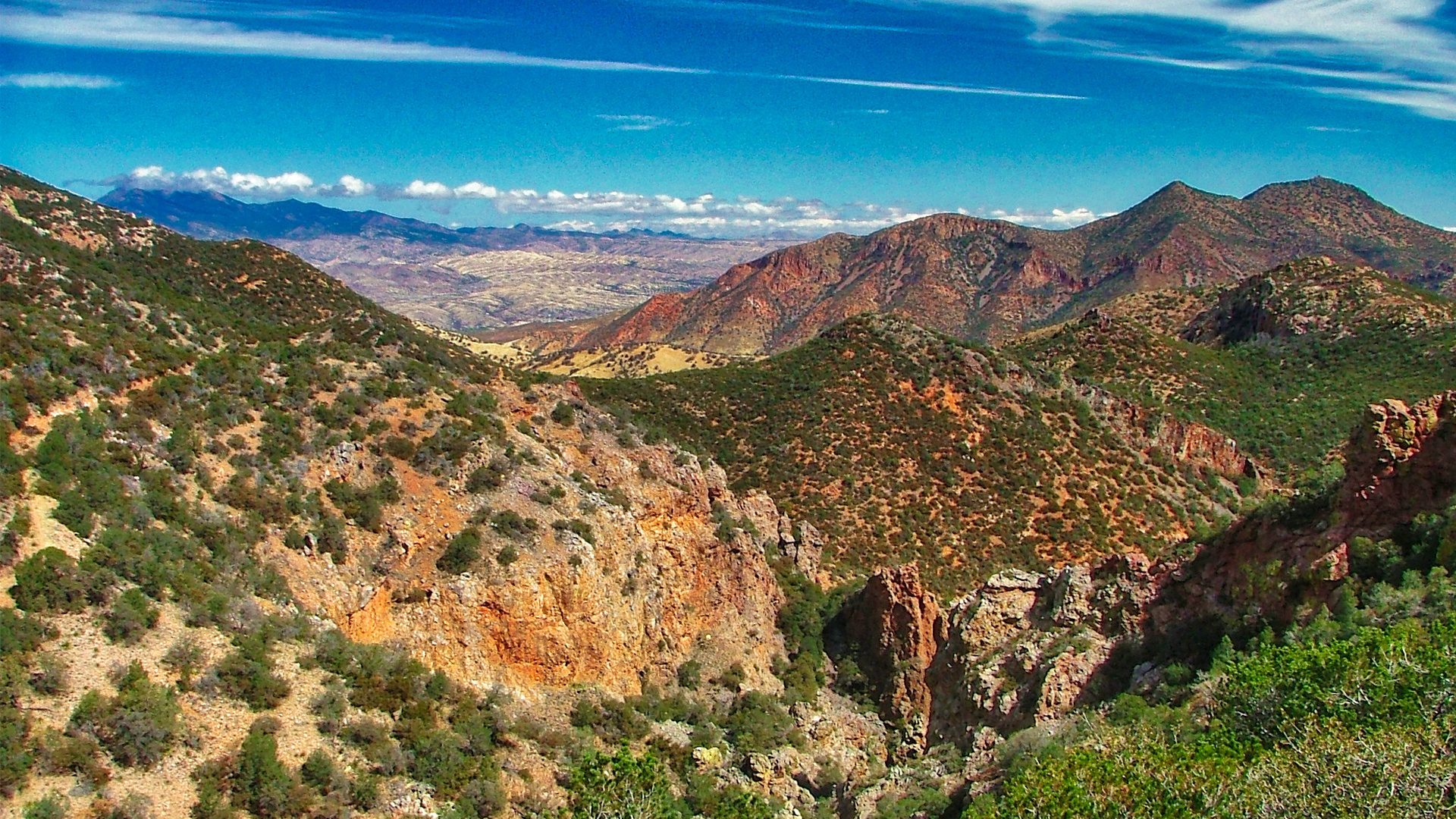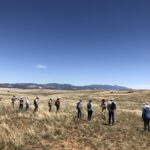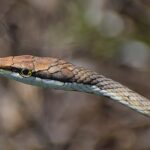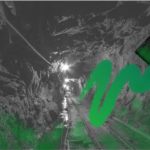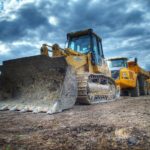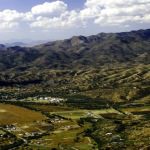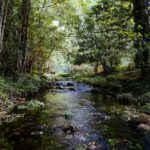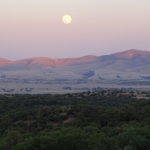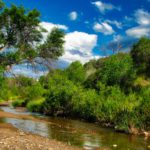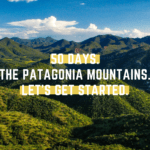Today, we’re sharing a story written by our communications coordinator, Anna Sofia. Sofia shadowed PARA as a field volunteer for a few months before coming to work with us and wrote this story as part of her MA in Science Writing thesis at Johns Hopkins University.
You can read the full story here >
Canyon wrens flew overhead as I scaled a rocky wash in Humboldt Canyon, an inner arm of Arizona’s Patagonia Mountains. Over a dozen puddles of water glistened around me, some small as frying pans and others wide as boulders, all connected by streams of icy November rain. I followed the flow along crumbling cliff walls until I reached the source — a chain of plunge pools. The one nearest me was four feet deep.
I paused to assess my options. I had volunteered to check a local nonprofit’s remote wildlife camera in this canyon, and the board warned me of a challenging trip. After a bumpy, two-hour drive to the end of a road, I would need to don a pack and enter the backcountry, hike loose dirt hills, cross rapid streams, and bushwhack through a snare of thorny brush. This, I could do. What I hadn’t been told was that the camera was beyond these pools. To move forward, I’d need to suck it up and wade through them.
I grounded myself with the reminder that, by volunteering in the field, I was part of a growing movement of “citizen scientists:” people who collect data, either on their own or with a coordinated group, to support local conservation efforts. In Arizona, citizen scientists like me satisfy many needs for wildlife organizations. We take photos of animals and plants and either share them directly with nonprofits or upload them to databases like Nature’s Notebook, The Hummingbird Project, and iNaturalist. Citizen scientists are also “watchdogs,” people who report concerning or exciting developments in nature — like acid mine drainage or a rare jaguar sighting — to local nonprofits.
I wanted to help fight hard rock mining in the Patagonia Mountains, say no to America’s border wall, and raise a flag for today’s climate crisis — that’s why I was there. So I stripped from the waist down, hugged my shoes and pants to my chest, and hauled into the water with little more grace than a cow. The sounds that burst from my chest echoed a cow, too, as the region’s recent rains froze my skin and splashed up my thighs.
I climbed out of the pools when the canyon walls widened enough, sun dried until I could redress, and kept hiking. The trees above me — home to a bonded pair of Mexican Spotted Owls — shook their branches in the wind, and a camera sat just beyond a bend where I’d been told I would find it.
Pulling the camera from its box, I sat in the shade of wilted leaves and flipped through the photos. The images on this camera would help nonprofits and their alliances educate legislators and file lawsuits. Just a few years before, a Patagonia-based nonprofit had protected the pair of Mexican Spotted Owls from mining for a second time, all thanks to citizen scientists and the data collected in this canyon.
What else, I wondered, could citizen scientists help accomplish along the U.S.-Mexico border? What other fights could we win for wildlife, if given the chance?
To answer these questions, I shadowed two Arizona locals: Glen Goodwin, a long-term citizen scientist and cofounder of Patagonia Area Resource Alliance (PARA), and Emily Burns, a scientist for Tucson-based nonprofit Sky Island Alliance. Both shared their thoughts on the challenge of collecting data in Arizona, the importance of citizen scientists, and how newcomers can contribute to ongoing conservation efforts.

